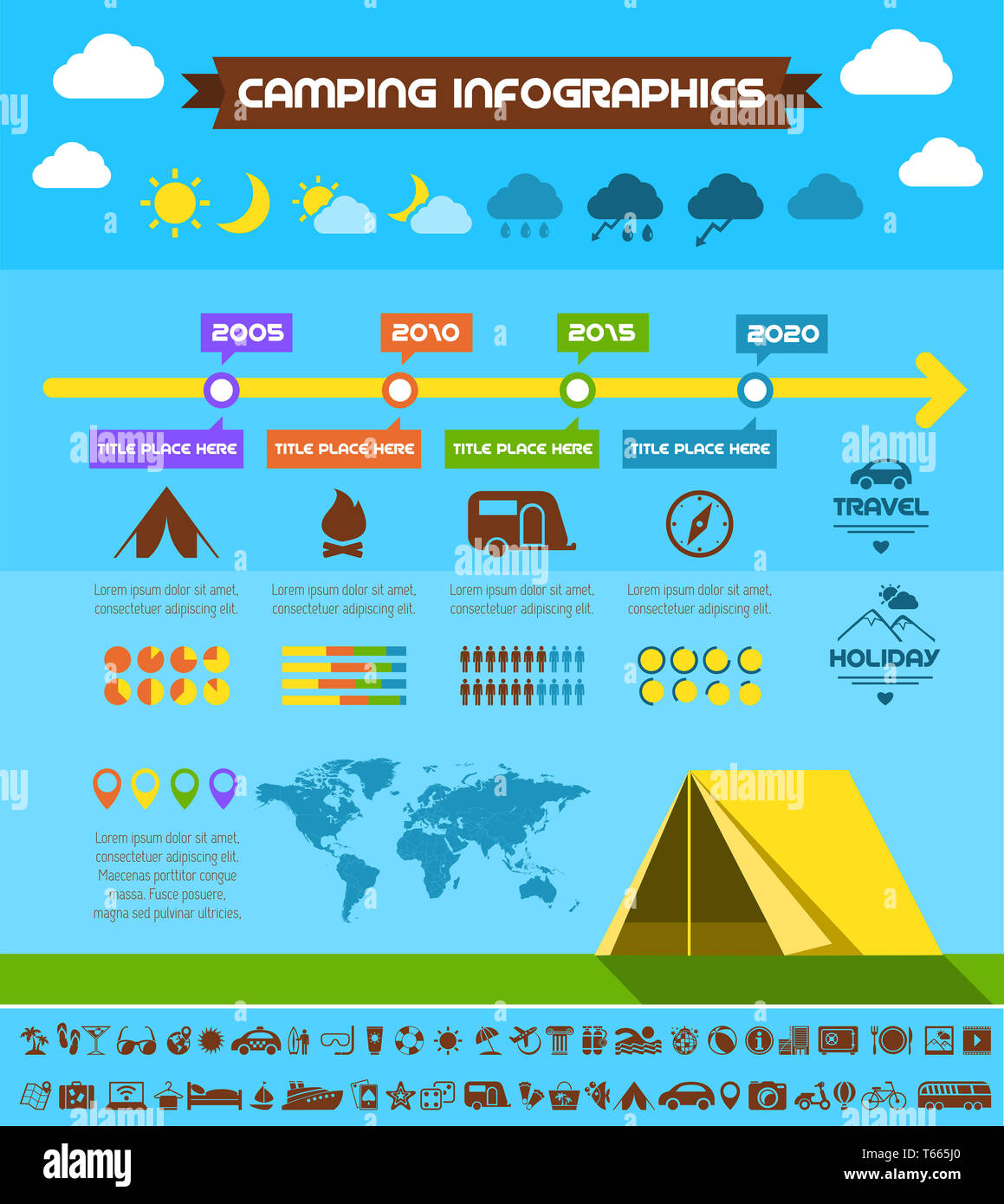A Guide To Selling Camping Tents For Non Internet Savvy
A Guide To Selling Camping Tents For Non Internet Savvy
Blog Article
Just How Vital Are Camping Tent Footprints/Ground Cover?
Outdoor tents impacts are a great way to safeguard your camping tent flooring from abrasions and prolong its practical life. Nearly all equipment makers use their own brand-specific footprints that are created to match their certain outdoor tents designs.
Do canvas tents need waterproofing?
This tailored approach offers ease of setup and decreases the threat of rainwater seeping in through the joints.
What are they?
Camping tent impacts (additionally called outdoor tents ground sheets or under camping tent pads) supply a layer of security between the base of your camping tent and the outdoor environment. They protect your tent from sharp things, dampness, and rough surfaces.
Most outdoor tents suppliers supply their very own top quality footprints designed to fit seamlessly with their marked sanctuary designs. Nevertheless, these are generally expensive and relatively hefty contrasted to DIY options like Polycryo or Tyvek.
Impacts are commonly made from long lasting, water resistant materials such as polyurethane, nylon or silnylon. For ultralight backpackers looking for to decrease pack weight, there are additionally lightweight, high-strength options made from Cuben Fiber (Dyneema). It is necessary to pick a footprint that's somewhat smaller sized than your outdoor tents to prevent rainwater from trickling down the sides of your shelter and channeling beneath you while you rest-- nobody wants to awaken in a pool! A footprint is a worthwhile enhancement to any type of camping journey. It assists ensure a lengthy life expectancy for your camping tent while adding convenience and comfort.
How vital are they?
Camping tent footprints shield the base of your camping tent from abrasion and moisture, aiding to prolong its lifespan. They're normally made from waterproof and dirt-resistant products like polyethylene or a lightweight oxford polyester, though the denier of the textile will certainly vary (the greater the denier number, the thicker and burlier).
A lot of footprints are made to specifically match the form of your tent's flooring, which helps lessen material waste. Many have grommets or loopholes whereby you can weave guylines for tension and risks, guaranteeing that the impact is safely held down.
If you camp in harsh terrain or locations where there's a lot of downed branches and sharp rocks, a camping tent impact is well worth the added weight and mass. But if you regularly camp in dry, sandy or rocky conditions, an impact may be excessive. A tarp is a far better option because case.
Do you commonly load one?
If you're camping on a very level surface area where rocks and sticks aren't a problem, a tent impact probably isn't essential. If you are in the backcountry with a great deal of rough surface, a footprint can make life much easier.
Impacts are usually sized somewhat smaller than the base of the outdoor tents. That's since a bigger impact would certainly catch rainfall and funnel it under the outdoor tents, where you might wake up in a pool.
Nonetheless, footprints can be pricey and heavy if you get one from the manufacturer of your tent (the Big Agnes Tiger Wall UL 2 impact, for example, sets you back $70 and considers six ounces). You can save cash and weight by making your very own DIY footprint by reducing a piece of Tyvek or various other waterproof material to the specific dimensions of your sanctuary. You can even add grommets for simple accessory. The main advantage of nice tents a footprint is that it aids to protect the flooring of your backpacking tent from unpleasant elements such as rocks and branches.
How do you maintain them clean?
A maker's footprint can include substantial weight to your sanctuary system and if you're an ultralight backpacker attempting to save every ounce, it may not deserve it. Because of this, several backpackers will utilize a DIY groundsheet that's constructed of something like Tyvek or Polycryo and cut it to dimension for their tent impact.
This option is fairly economical and will safeguard your camping tent from dampness, rocks, thorns, sticks, and so on, while also assisting to maintain the bottom of your camping tent completely dry.
If you do choose to acquire a footprint, make sure it's designed particularly for your certain tent as this will help in reducing water pooling around the edges of your shelter. As an example, if your outdoor tents footprint is as well huge and extends past the side of your rainfly, it will certainly collect rainfall which can leak right into lighter-weight tents and potentially wear down the floor. See to it it fits your camping tent relatively snugly to avoid this.
What canvas is used for tents?
